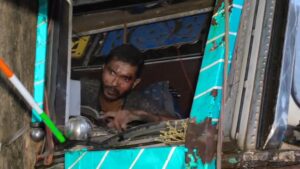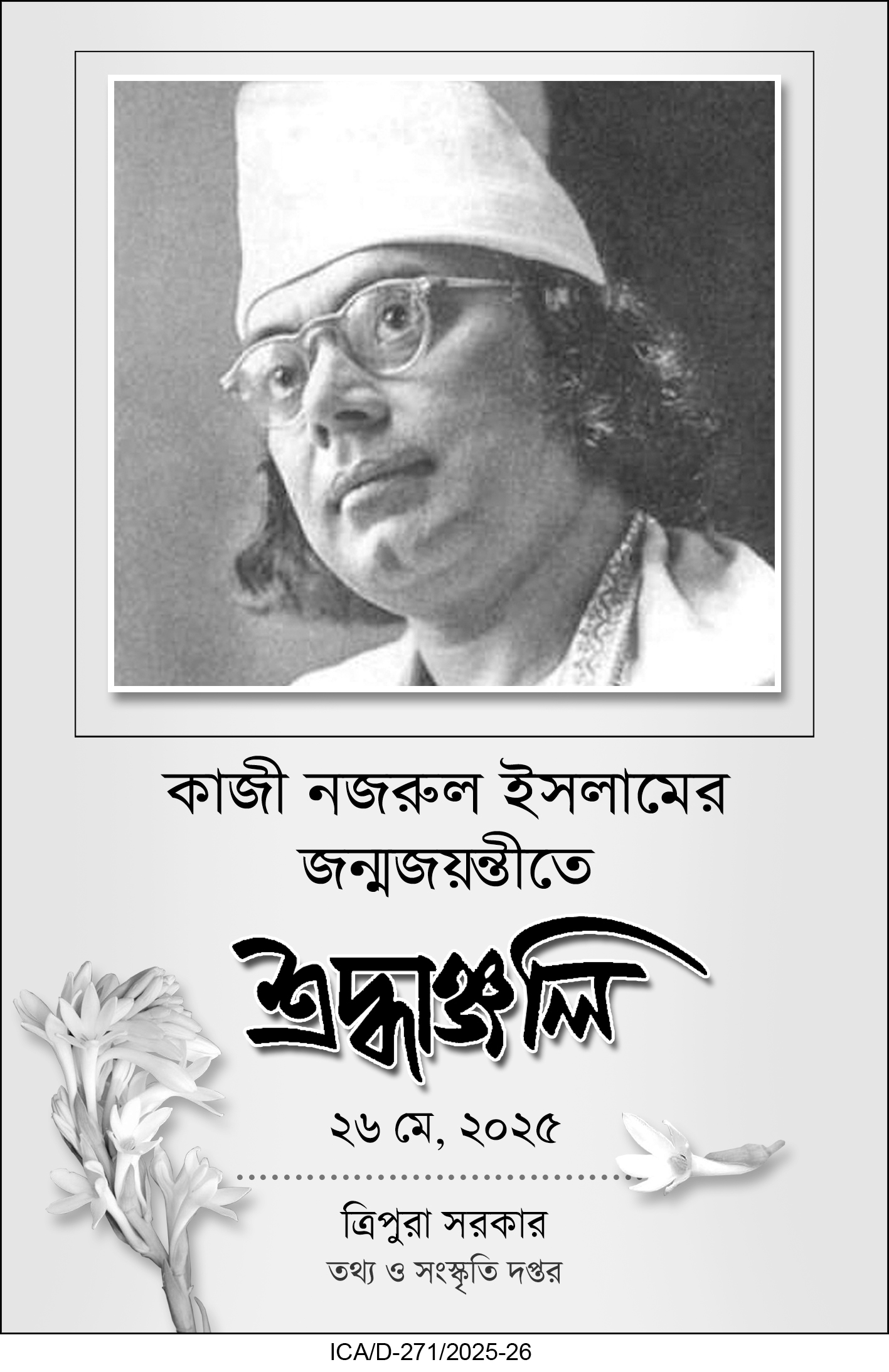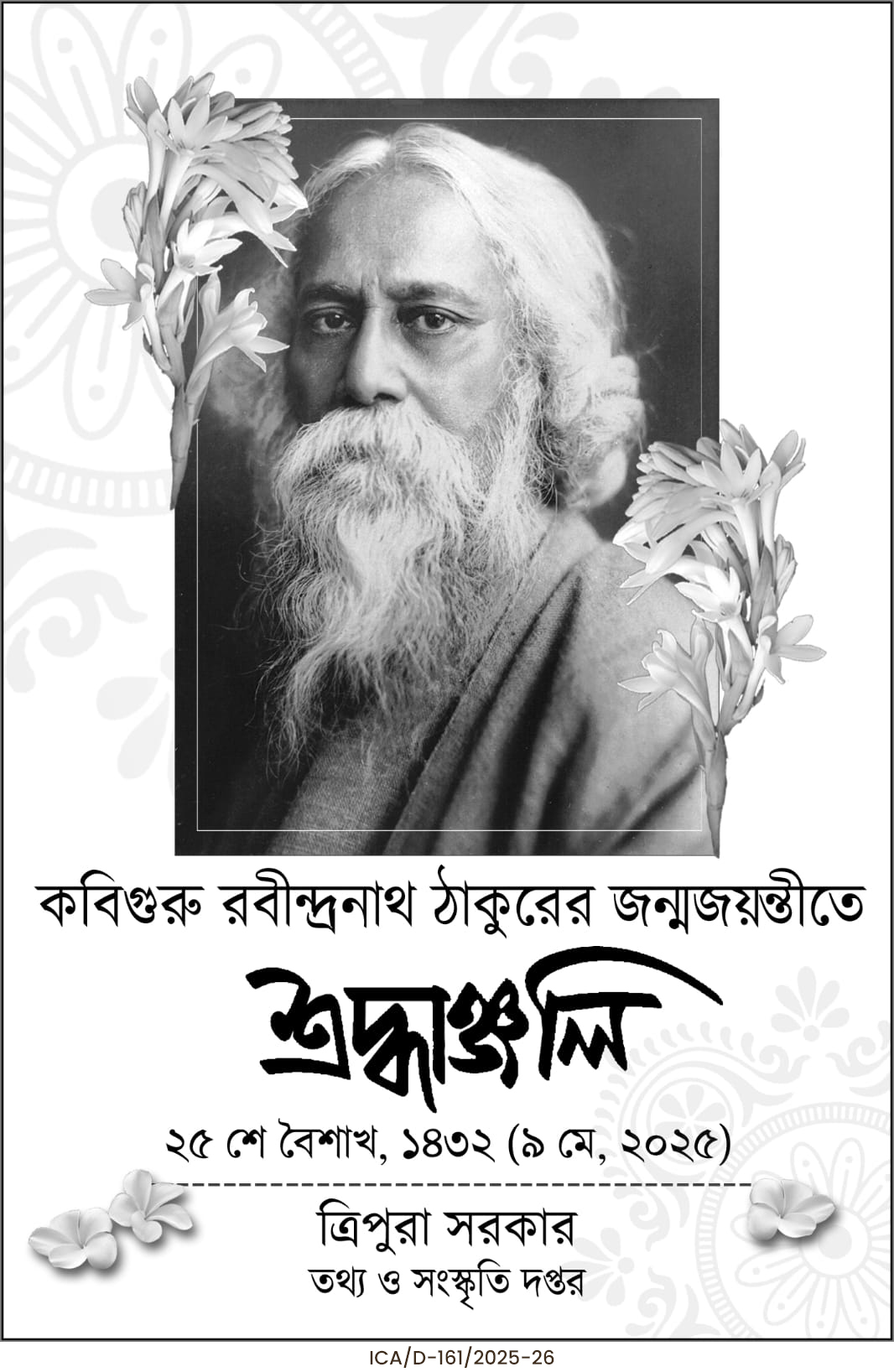He Could Have Been Saved — But the State Let Him Die
It was the most horrific kind of death — slow, painful, and entirely preventable.
Tripura witnessed its own Omayra Sánchez moment on Tuesday. A man cried for help for seven straight hours, trapped inside the wreckage of his vehicle. He was alive. He could be seen. He could be heard. And yet — no one saved him.

In one of the most disgraceful displays of state failure in recent memory, Mihir Lal Debnath, a truck driver and owner from Kanchanpur, bled, pleaded, and eventually died — not because of the accident, but because of the collective collapse of every authority responsible for emergency response in Tripura: Disaster Management, District Administration, Police, Fire Services, Civil Defence — all missing in action or criminally incompetent.
The tragedy struck at around 2:30 AM near the TSR camp at Chakmaghat, under Teliamura police station, when Mihir’s cement-laden truck (AS 01 LC 5102) collided and overturned, pinning his leg in the cabin. He was conscious, calling out in desperation. Locals heard him. They gathered. They waited for help. None came.
A Farce Called Rescue
What followed was not a rescue operation — but an exhibition of systemic rot. A few Disaster Management personnel showed up eventually — with wood-cutting chainsaws that were non-functional and utterly irrelevant to the situation. Why weren’t they carrying hydraulic cutters? Why didn’t they have backups? No one knows — because no one was in charge.
The Fire Brigade, the first to arrive, did not even attempt a rescue. They focused on unloading cement. No one had tools. No one had a plan. No one knew what to do. And no one brought an ambulance — not even in anticipation of a possible live rescue.
Apada Mitras? Nowhere to be seen.
Civil Defence? Missing.
Police? Present, but clueless and unequipped.
NDRF? Never called.
Army? Not considered.
Medical team? Absent.
Senior officer? Arrived seven hours later, to recover a corpse.
Even the chain of command — the most basic necessity during a disaster — was absent. The entire operation was reduced to a confused and horrifically relaxed spectacle of waiting. It was not just a failure; it was criminal negligence , a deliberate abdication of responsibility.
Despite pain Mihir was fully conscious and he was even giving ideas clerly and loudly as to how he could be extricated. But who would listen ? There was none with responsibility, command or even equipment. And slowly all hope gone and the silence slowly and in front of all hapless onlookers came. Mihir was relieved of pain , hope and his misplaced trust and meaningless spectacle of incompetence, inability and criminal negligence .
By the time Mihir’s crushed body was pulled out at 9:40 AM, it was nothing but a lifeless form. The state had let him die. And with that, every page of Tripura’s glossy “disaster preparedness” manuals turned to ash.
This Was Not an Accident. This Was Administrative Murder.
Let this be written with absolute clarity:
Mihir Lal Debnath did not die from his injuries.
He died from state-enabled abandonment — from criminal apathy that let him scream himself into silence.
His death is not an unfortunate mishap — it is murder by governance failure, committed by agencies that spend crores on training sessions, uniforms, and mock drills, but cannot save a single man when it counts.
Just a day before this tragedy, Tripura’s Chief Minister launched the State Disaster Management Plan with much fanfare. Less than 24 hours later, that plan failed its first test — not due to a rare disaster, but a single-vehicle crash on a national highway.
A System Designed to Pretend
Mihir’s death has ripped the mask off a system that thrives on mock drills in schools and bureaucratic photo-ops, but has no coordination, no preparedness, no urgency when real life demands action.
Where was the coordination between fire services and administration?
Where were the medical units for trauma care?
Why was the NDRF not summoned immediately?
Why was no superior officer present for over seven hours?
Social media erupted in rage as images and reports spread.
“What use are trained responders who stand around useless while a man screams to be saved?”
“What good are fire brigades and civil defence who arrive after the victim is dead?”
“Is this the cost of being an ordinary citizen in Tripura?”
Local residents, traumatised by the incident, have called it what it is:
“This is manslaughter in the name of governance. He could have been saved. They just let him die.”
While the TSR 12th Battalion personnel reportedly tried to help with the little means they had, the main agencies responsible — Disaster Management, Fire Services, the Teliamura SDM Office, Civil Defence, and Police — must be held accountable.
But will they? Or will they, as always, vanish behind files and memos, leaving only the grieving family to live with the silence?
Let This Be Remembered
Let this be etched into public memory:
On a highway in Chakmaghat, a man died screaming.
And the state — trained, funded, and responsible — stood watching.
It didn’t just fail. It chose not to act.
|Also Read : CM unveils State Disaster Management Plan with focus on Technology and AI |
|Also Read : NH-8 Tragedy Exposes Cracks in Tripura’s Disaster Management System |





